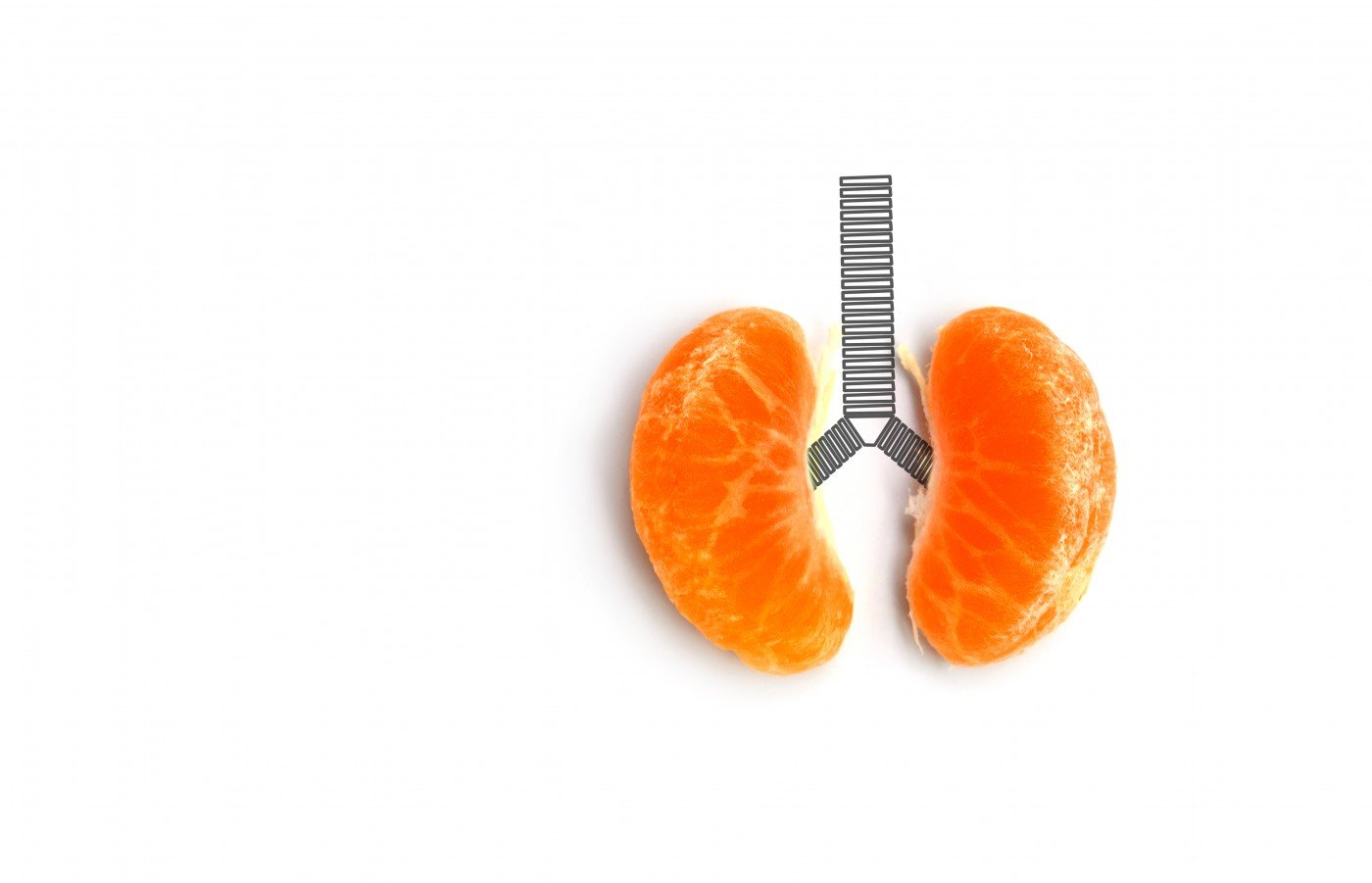INOpulse Portable Oxygen Provider Improves PH-IPF Symptoms, Study Shows

The INOpulse portable oxygen provider widened blood vessels, lowered blood pressure and increased exercise capacity in pulmonary hypertension patients with idiopathic pulmonary fibrosis (PH-IPF), according to a study.
Bellerophon Therapeutics, which developed the device, reported the results at the American Thoracic Society International Conference in Washington. It also discussed plans for a Phase 2b clinical trial of INOpulse.
The presentation was titled “Unraveling The Mode Of Action Of Pulsed Inhaled NO In Severe IPF Using Functional Respiratory Imaging.” The conference, which opened May 19, ended today.
A hallmark of IPF is lung-tissue scarring, or fibrosis. The scarring causes the tissue to stiffen and thicken, impairing lung function and limiting the flow of oxygen to the bloodstream, which conveys it to other parts of the body.
INOpulse’s portability allows patients to receive a continuous flow of nitric oxide while on the move. The device administers a fixed dose of oxygen, regardless of changes in a patient’s respiration rate during exercise or sleep.
Bellerophon conducted a proof of concept study in four PH-IPF patients. The first part identified the optimal dose of oxygen to be administered, and nitric oxide’s impact on blood flow. The second part tested nitric oxide’s effect on exercise capacity after a month of treatment.
Patients’ blood vessel volume increased an average of 15.3 percent, meeting the study’s primary goal of widening the vessels, researchers said.
The team also found a significant post-treatment association between patients’ vasodilation, or the widening of their blood vessels, and ventilation, or their lungs’ ability to inhale and exhale air.
Another positive finding was that patients averaged a 14 percent reduction in systolic pulmonary arterial pressure, a measure of blood pressure in the heart’s pulmonary artery. In addition, the patients had better scores on an exercise-capacity test: They increased by 75 meters the distance they could cover in the six-minute walk distance test.
The study compared the therapeutic effects of a lower and higher dose of nitric oxide, with researchers concluding that the lower dose was safe and effective.
“Pulmonary Hypertension with IPF or COPD [chronic obstructive pulmonary disease] has no approved therapies and has been associated with increased hospitalizations and mortality,” W. De Backer, director of the pulmonary medicine department at Belgium’s University of Antwerp and the study’s lead investigator, said in a press release. “Pulsed iNO has a potentially unique and distinguishing advantage as the data from these trials shows that it can provide selective vasodilation to the well-functioning parts of the lung, allowing for improvement in hemodynamic measures as well as increased exercise capacity without worsening oxygenation.”
Bellerophon plans a Phase 2b study with a larger patient population. It will use the information it gathers to help it design a clinical trial that leads to the device’s regulatory approval.







